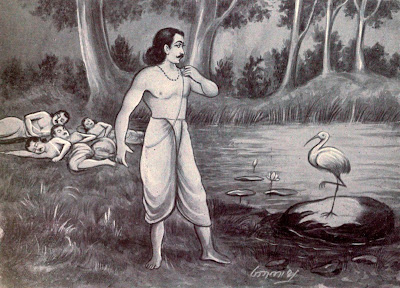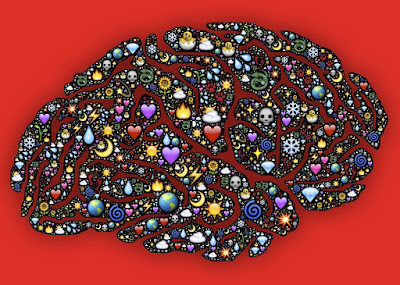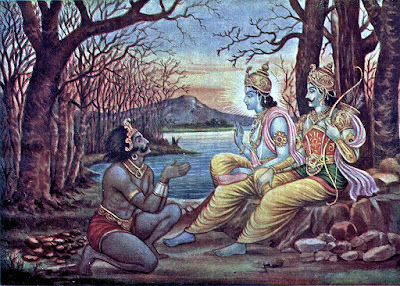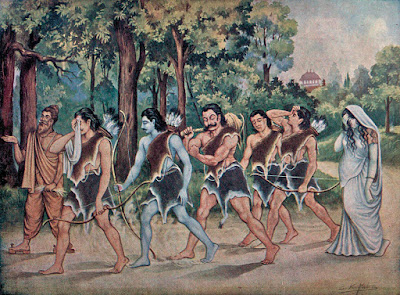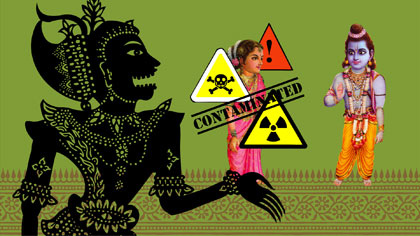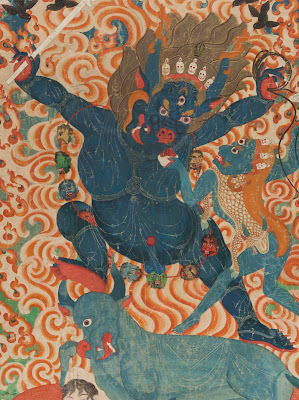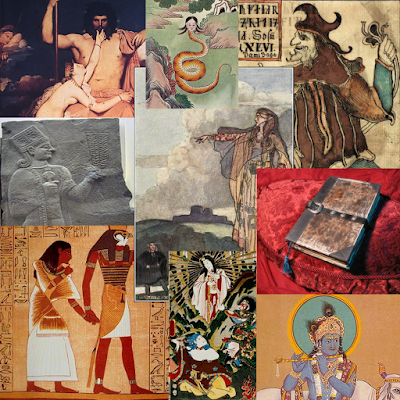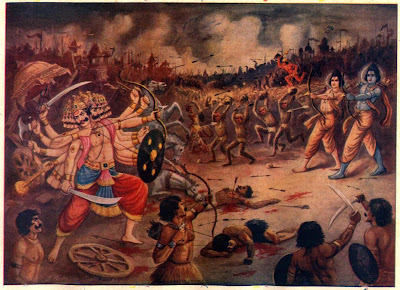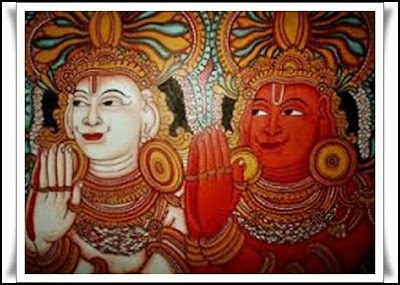Week 7 Story: Draupadi and Iatha
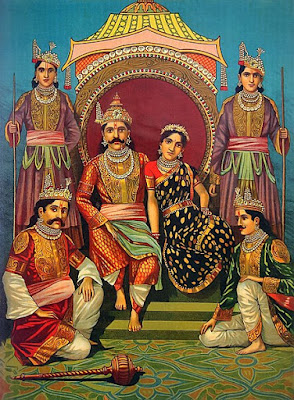
Day after day, Draupadi found herself confined to the women's quarters of king Virata's palace, performing the ritual tasks of a s airandhri . She longed to roam the magnificent halls and sneak out into the gardens, to breathe in the rich scent of the earth and drink the sunlight. The marble walls began to feel as if they were closing in on her, and she became a prisoner among the gold fixtures and jeweled ornaments. Each day resembled the next. Every morning Draupadi rose before the sun to help the women of the palace dress and prepare for the day ahead. She wound her hands through hundreds of royal ringlets and sculpted the clay of their faces, creating the statuesque beauties that were beholden throughout the kingdom. She applied pigments that made their features come alive, and it could indeed be said that all the rosy cheeks glimpsed at court were the work of the artist Draupadi. One of the women always lingered slightly longer in Draupadi's care. H...

